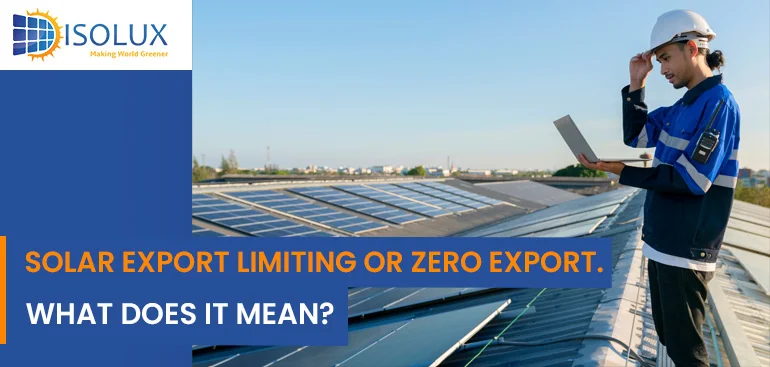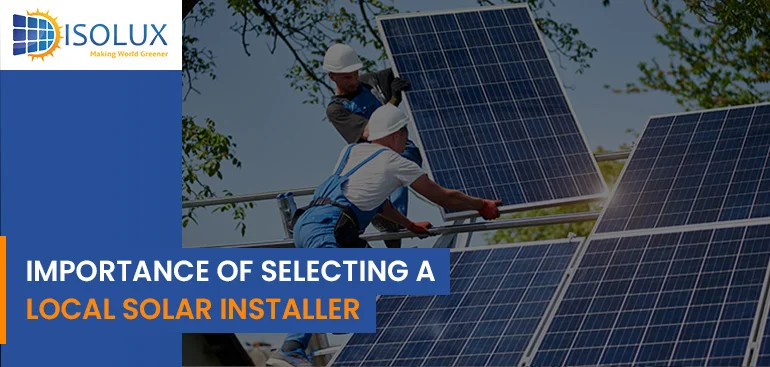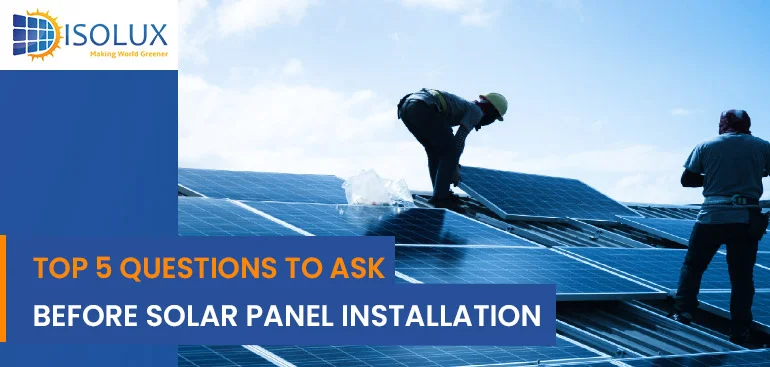Before a new solar panel system can be installed, it must first be approved for connection to the electricity grid by the local network distributor. Generally, this happens without a hitch. But in some cases, solar panel system owners are sometimes told that their property is solar export limiting or zero export limited for solar.
What Does ‘Zero Exports’ Mean?
A zero export limit occurs when your local network distributor – the firm that owns the electricity poles and lines – advises that you are not permitted to export any surplus electricity from your projected solar power system to the power grid.
Zero export limits are established property by property. The only method to find out if your property is zero export limited is to apply to your local network distributor for authorization to install a solar panel installation. Prior to installing the system, your Solar Installer sends the application to the network distributor.
Assume you want to install a 6.6kW solar panel system on your home. Your Solar Installer (for example, Isolux) submits an application to your network distributor (for example, Powercor) for approval to install a 6.6kW solar panels system.
The network distributor will reply in one of three ways:
1. Gives permission for installation and full exports.
2. Allows installation but has an export limit.
3. Allows installation but has a zero export limit.
Solar Export Limit NSW
In New South Wales (NSW), the limit on solar exports depends on the type of electricity meter installed at the property.
1. Gross metering: If a property has a gross metering system, all the electricity generated by the solar panels is exported to the grid. The owner of the property is paid for all the electricity generated by the solar panels at a fixed rate per kilowatt-hour (kWh), as set by their electricity retailer.
2. Net metering: If a property has a net metering system, the solar electricity generated by the panels is first consumed by the property’s electrical appliances, and any excess electricity is exported to the grid. The owner of the property is paid for the excess electricity at the feed-in tariff rate set by their electricity retailer.
It’s worth noting that the feed-in tariff rate varies among electricity retailers in NSW, and the rate can change at any time. It’s important to check with the retailer for the current rate.
Also, there may be technical limitations on how much solar electricity can be exported to the grid, depending on the capacity of the local electricity infrastructure. In such cases, the local electricity distributor may set a limit on the amount of solar electricity that can be exported to the grid. These limits are usually referred to as “export limits” and can vary depending on the location and time of day.
What Happens to the Surplus Power That Can’t Be Exported to the Grid?
There are two options:
1. Store it and use it later (this requires solar battery storage), or it disappears into thin air via a heat sink.
2. Nobody wants to see solar energy go to waste. That is why, if your export capacity is limited, you should explore solar energy storage options.
Why Do Network Distributors Impose Zero Exports?
Because there is so much rooftop solar, the electrical infrastructure occasionally struggles to keep up. On bright days, many residences generate solar electricity and export it to the grid. Power surges occur when the grid is overloaded with more solar exports than it can handle. There may also be a decrease in the quality of electricity and, in the worst-case scenario, power outages.
Export limitations are imposed by network distributors to govern the flow of electricity onto the grid while maintaining quality and dependability. However, if you are restricted from exporting, it does not necessarily mean that you will be restricted indefinitely. Network distribution companies are beginning to upgrade their infrastructure. Some distributors have already begun contacting export-limited households to inform them that their export limit has been lifted.
Is Solar Still Beneficial, Even with Zero Exports?
True, if your export capacity is limited, you will be unable to obtain a feed-in tariff for your excess solar power. However, with the feed-in tariff at historically low levels, it’s not worth bothering with. The real savings come from using solar electricity in your home rather than purchasing it from the grid. With grid electricity costing roughly 25-30 cents per kilowatt hour, reducing this cost by using free solar power immediately saves money.
Consider a typical Australian family that consumes 20-kilowatt hours of electricity per day and spends 30 cents per kilowatt hour for grid electricity. It would cost $6.00 per day if they purchased all of their electricity from the grid. This family would save $3.00 per day if they used solar to meet 50% of their daily electricity demands. If they increase their solar electricity consumption to 75% of their total daily electricity requirements, the savings increase to $4.50 per day.
Conclusion:
Contact Isolux Solar if you have any questions about solar export limiting or zero export restrictions or would like a free quote for a solar system.
Read Next Blog:





